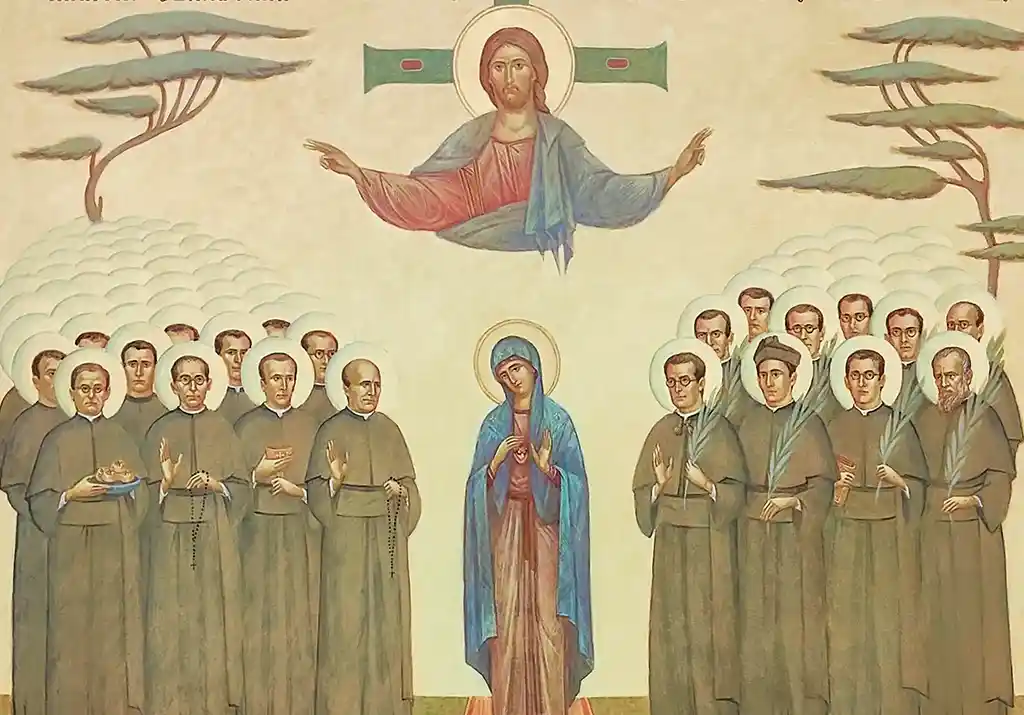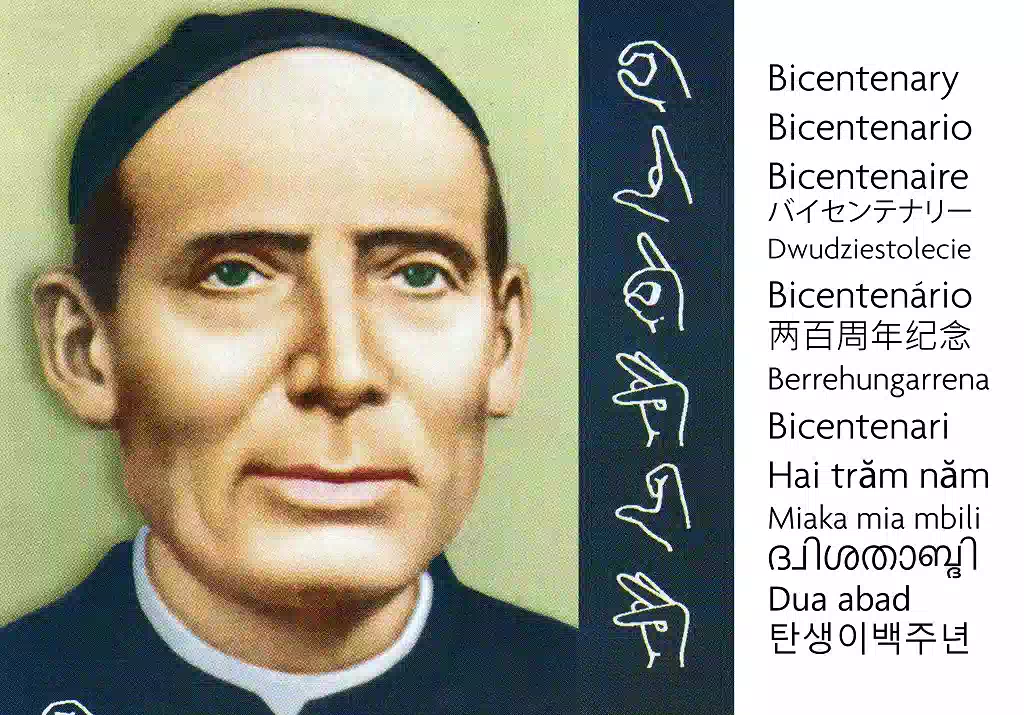MARY FULL OF GRACE
On reading the enthusiastic assertions of Claret, we recognize that in his heart he goes to her for help – as a present day Spanish theologian writes – “the impact that the memory of Mary has had on thousands and thousands of believers throughout history. And this has not happened at the margin of the Providence of God! The ‘receptio Mariae’ in the People of God graced with the ‘sensus fidei’, reveals to us her truth”. And a well-known Brazilian biblical scholar makes us realize that the enthusiasm of the people can hide basic aspects of the devotion to Mary: “the image of Our Lady is small, covered with a mantle richly adorned… The people like to adorn and enrich what they love. Only the rich mantle has managed to hide much of the image of Mary…What happened with the image happened with Mary herself. Glorified by the people and by the Church as Mother of God, she has received a mantle of glory. But this just ended up by hiding much of the likeness that she has with us”.
In the Council there were some disputes among those who elevated Mary almost to dehumanize her and those who barely acknowledged her singular dignity. The fruit of the dialogue between both groups was this lasting wisdom: “The Council exhorts theologians and preachers of the divine word to abstain zealously both from all gross exaggerations as well as from petty narrow-mindedness in considering the singular dignity of the Mother of God”. (LG 67). A few years later, in 1974, Paul VI elaborated the contents of the conciliar text in his beautiful Apostolic Exhortation “Marialis cultus”.
The basis of Mary’s greatness lies in having been chosen as mother of the Word. Pope Benedict XVI in his speech on December 31 2006 expresses it in this way: “[the Word] is of God and of Mary. For this reason, the Mother of Jesus can and must be called Mother of God”. She opens a world of horizons toward which we are invited to walk.






